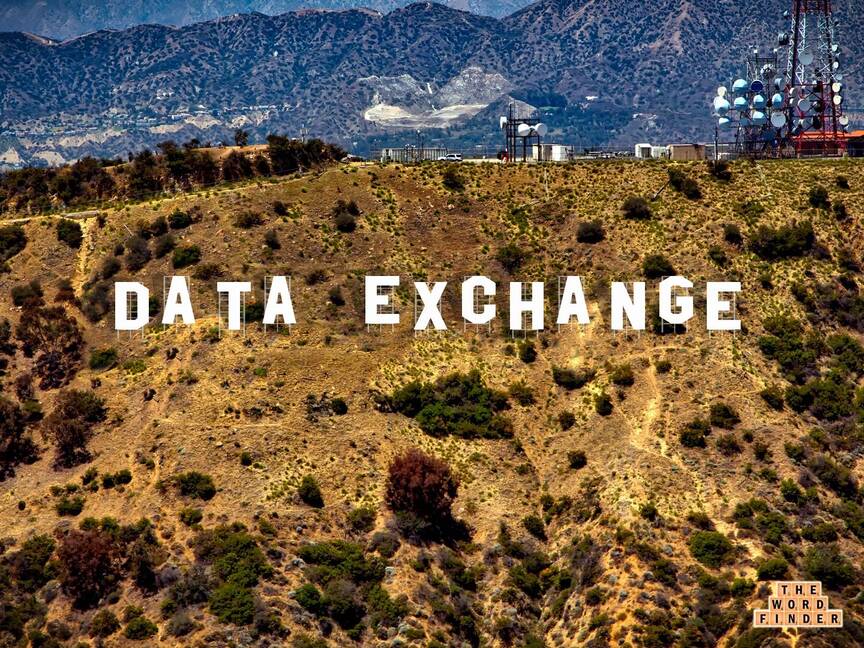California's interoperability approach is good, but consistency will be key

Everyone has an opinion about California. Either you love it for its beautiful landscape, fertile valleys, and hubs of creativity and innovation, or you're appalled by the bureaucracy, the enormous homelessness crisis, and, yes, the taxes. Time to add the state's interoperability ambitions to the positive side of the ledger.
In 2021 the state Assembly passed a bill that sought, in part, to address the challenges of data collection and data sharing during the onset of the COVID-19 pandemic (search for "framework" within the bill's text). Today we reach one of the first milestones in this journey. January 31 is the deadline for affected health and human services organizations to sign the Data Sharing Agreement for California's Data Exchange Framework (DxF); no actual data sharing is mandated just yet, but it will be over the course of the next 12-36 months.
Groundwork on the framework
What is the DxF? The simplest analogy would be that it's California's version of TEFCA. The DxF establishes compulsory policies and procedures for California-regulated entities to share health data electronically. These policies define, for example, the data standards that must be supported, the data elements that must be available for exchange, and the rights of patients that must be respected. The Data Sharing Agreement is at the heart of the framework and establishes a set of rules of the road for participants to follow.
Today's deadline is merely the start. Later this year, the state expects to open applications for Qualified Health Information Organizations—analogous to QHINs under TEFCA—and to approve a list of QHIOs who can assist regulated entities in meeting the data exchange requirements. By January 31, 2024, the DxF will be live and most of the signatories to the DSA will have to adhere to the policies and procedures.
No fool's gold
There's a lot to like about the DxF. Most importantly, it differs from TEFCA by requiring a host of organizations to participate in the framework. Whereas TEFCA is voluntary and centered around several non-binding principles, the DxF applies to all acute care hospitals, physician practices, inpatient behavioral health centers, skilled nursing facilities, clinical laboratories, and even insurers. County health and public health organizations aren't required to take part, but the state has made it a point to encourage them to do so.
Too often we've looked at healthcare technology and interoperability through a narrow lens of traditional physician offices and hospitals (Exhibit A: Meaningful Use/Promoting Interoperability). California is doing the right thing by bringing a vast continuum of healthcare players under one set of rules and opportunities. Granted, casting such a wide net of participants does mean the regulatory burden falls on smaller organizations as well, but thankfully the DxF provides flexibility for those groups by delaying their data sharing requirements until January 31, 2026 (slide 14 of the presentation). Legislators also set aside $50 million in grants for organizations with limited resources to meet the DxF's obligations, which will ensure no one is left behind.
Additionally, the DxF does a better job of embracing the leading edge for data standards. Whereas ONC regulations currently only require USCDI version 1 for health IT certification—which is a key determinant of the EHRs that providers purchase and use—the DxF sets USCDI version 2 as the floor. California's framework also explicitly encourages the use of FHIR as a standard for data exchange, while TEFCA has a longer road ahead before FHIR plays a major role.
Lastly, I appreciate the spirit of continuous improvement that's baked into the DxF's refinement process. The core advisory committee that drove the work didn't simply focus on writing regulations. It also identified 10 key gaps in the exchange of health information today and outlined multiple ways the state can work to close these gaps without waiting on Washington. This sort of analysis provides crucial material for policymakers as they determine the next steps in the push for greater interoperability.
Consistency is a must
What are the DxF's flaws? To me, the biggest risk is the potential to conflict with efforts at the federal level. Powerful groups have already raised this concern, along with others. I think the original law and subsequent regulations have done an adequate job of ensuring California's approach remains in line with federal standards, and I believe these state-level efforts are still valuable given the slow pace of progress at the national level. However, it will be critical for the Golden State to stay joined at the hip with the federal government and to avoid policies that push healthcare organizations in multiple directions. The DxF is a welcome and needed accelerator for interoperability, and we can't afford to ruin it by imposing conflicting sets of rules.



